Kubernetes Monitoring: Overview and Challenges
Shifting from a monolithic infrastructure to a container-based environment can create the challenge of getting full-stack visibility. Monitoring is essential to detect possible issues and bottlenecks through the use of logs and infrastructure metrics so that such issues can be resolved quickly. Reports suggest that IT monitoring has helped half of the companies surveyed optimize their budgets, and improve efficiency and service delivery.
Kubernetes monitoring is a vital part of your DevOps cycle to continuously make your systems better and with this article, we will be diving into this topic in three phases. First, we would give you a brief overview of Kubernetes monitoring and the challenges that companies face. Then we will be talking about the metrics you can use to evaluate your containerized applications’ performance and the best practices to get the most out of it. Lastly, we would be discussing the top Kubernetes monitoring tools used by enterprises for containerized environments along with their pros and cons.
What is Kubernetes Monitoring and Why is it important?
Containerized infrastructure is made up of multiple clusters that use resources such as CPU, storage, and memory. Reporting/alerts can be set up to give you an overview of any important parameter that is essential for the performance of your application. Are there any failures or misconfigurations that have made any pod or node unavailable? Is your application using more resources than anticipated? Are the desired number of pods running? These are some of the questions that can be answered through active Kubernetes monitoring.
Monitoring your Kubernetes Application is beneficial because of many factors. Some of these are:
- Cost management – Once you know the correct utilization of resources, the system can be optimized accordingly to save costs
- Security – Any unusual behaviors can be captured through reporting or by sending alerts
- Performance tuning – Once you have an overview of the resources and how they are being used over pods or nods, appropriate allocation can be assigned
- Troubleshooting – Monitoring will enable you to reach the root cause of any problem and you can easily isolate that instance to fix that issue.
Challenges faced while monitoring Kubernetes
Kubernetes has multiple components that can increase its complexity and make monitoring difficult. But Kubernetes and container monitoring are essential for managing your application and maintaining a good state of performance over the long run. So, before we get into the solutions that can ease this complexity of monitoring, we would first like to check out some challenges that companies face while trying to set up alert systems and monitoring pipelines that even you may encounter in the future.
1. Tons of Metrics
Kubernetes is a multilayered solution where each deployment is a cluster and each cluster has nodes. Those nodes run at least a pod each which are the main components handling your containers who themselves are being managed by a control plane. All of this sounds pretty confusing but to achieve the benefits of Kubernetes, all of this has to be considered. Having so many elements in your infrastructure means multiple metrics are available for you to track. These elements further have more metrics but it can all sound pretty confusing at first, so we will be telling you what metrics to look out for in the next article.
2. Cloud Native Infrastructure
While adopting the cloud would help out with a lot of issues, it will certainly not ease your monitoring perils. The cloud, itself brings smaller elements into play that further increase the complexity.
3. Microservice architecture
Most applications running on Kubernetes follow a microservice architecture that adds another layer of complexity on top of the existing challenges. This again is due to the increase in the number of working elements that tend to increase. If we consider spreading each service across multiple instances on the cloud, then it’s worse.
4. Ephemerality of elements
Deployments, Jobs, etc. can generate new pods to monitor and scale. So, some of the elements in your infrastructure will always be changing or might even disappear completely. So, what makes Kubernetes strong, is also one of its weak points when it comes to monitoring the system.
Right now, it seems that Kubernetes monitoring is a pretty difficult thing to do, and it is. A multi-layered solution that has solved many problems has its own problems. But we would be looking at each of these challenges and finding the meaningful metrics, best practices, and tools that can help us with gaining visibility of our Kubernetes application to drive maximum business value.

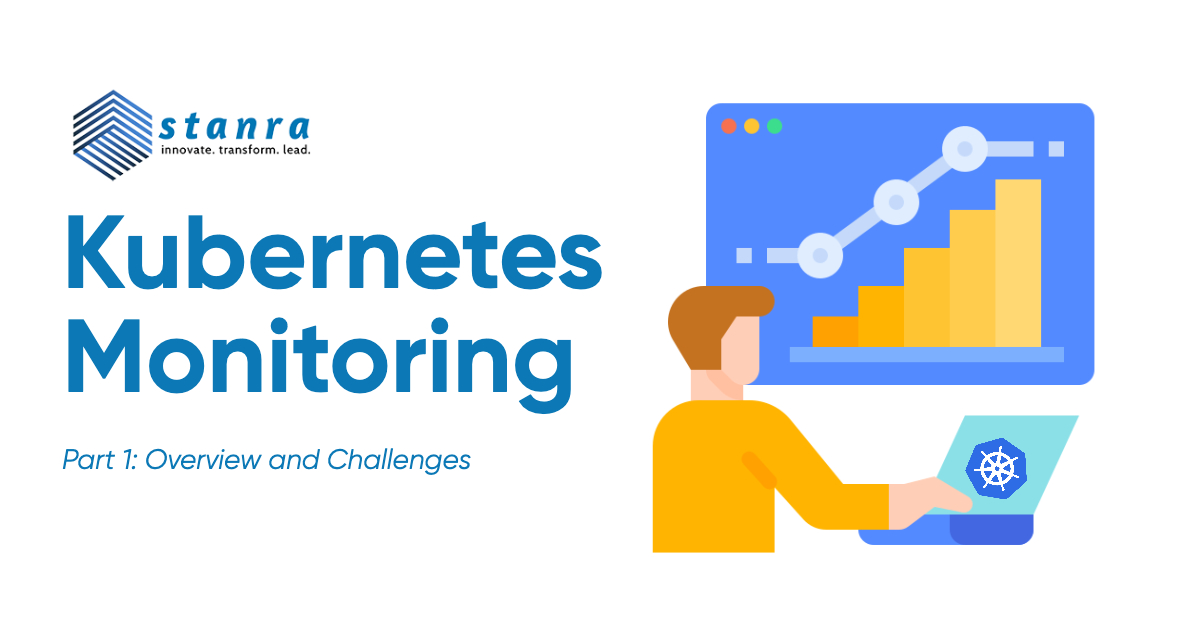

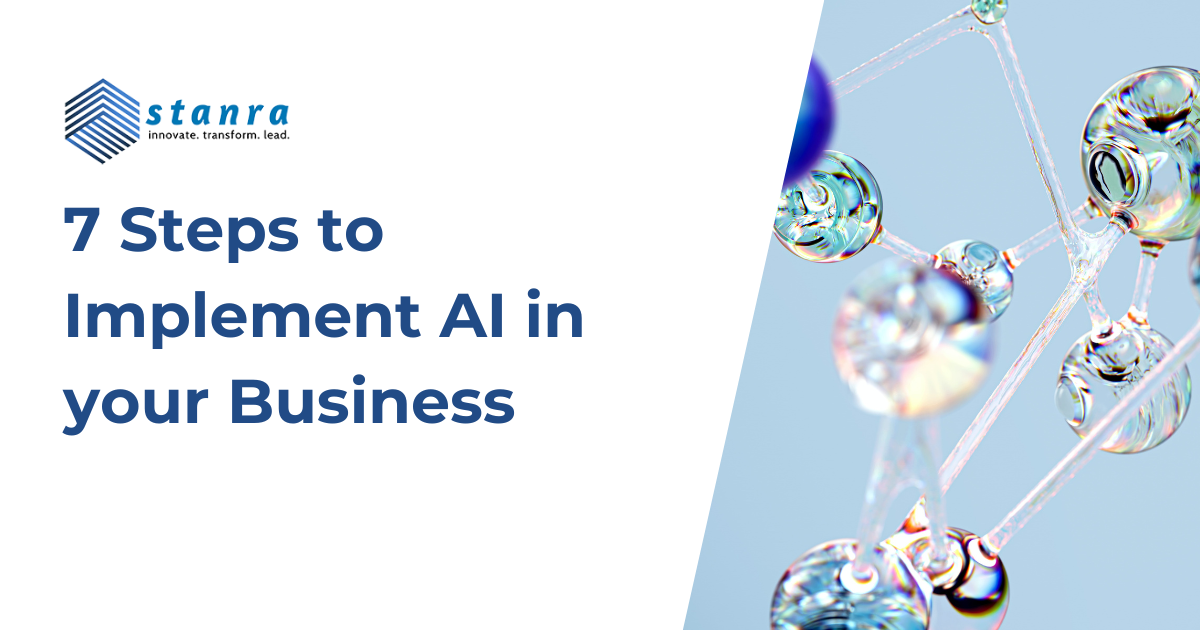
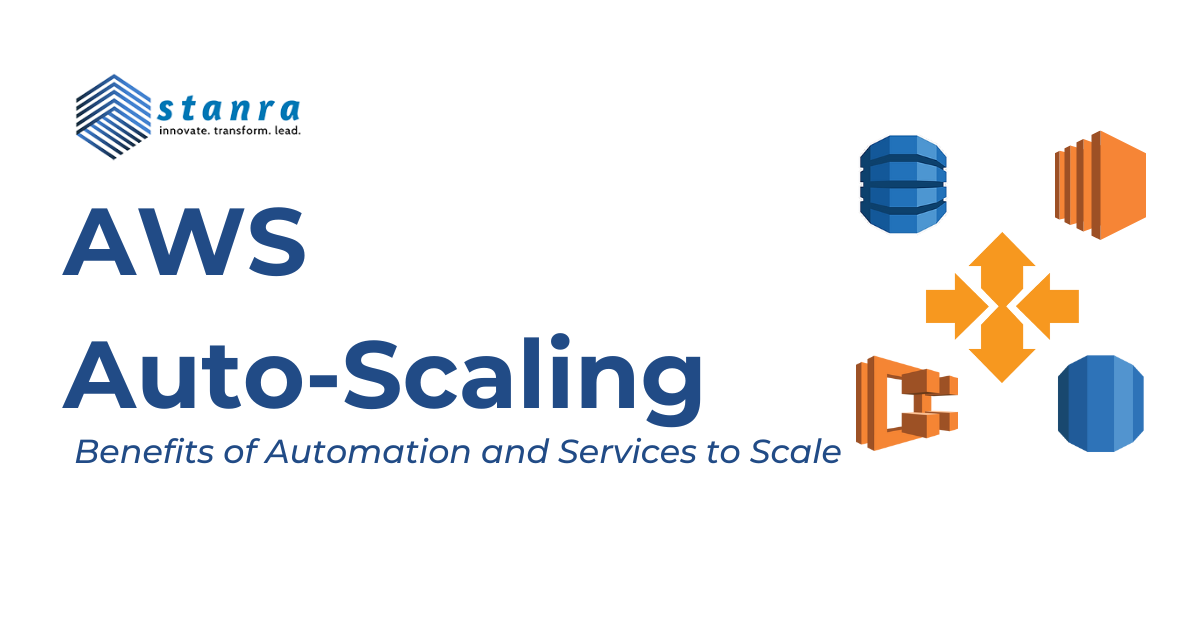
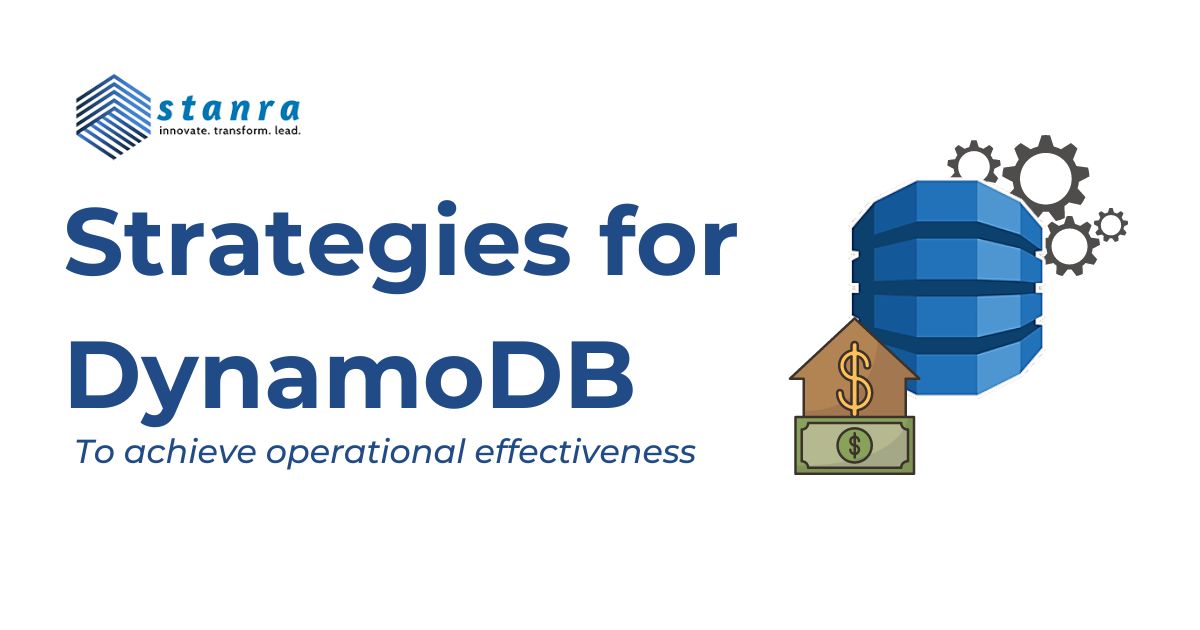
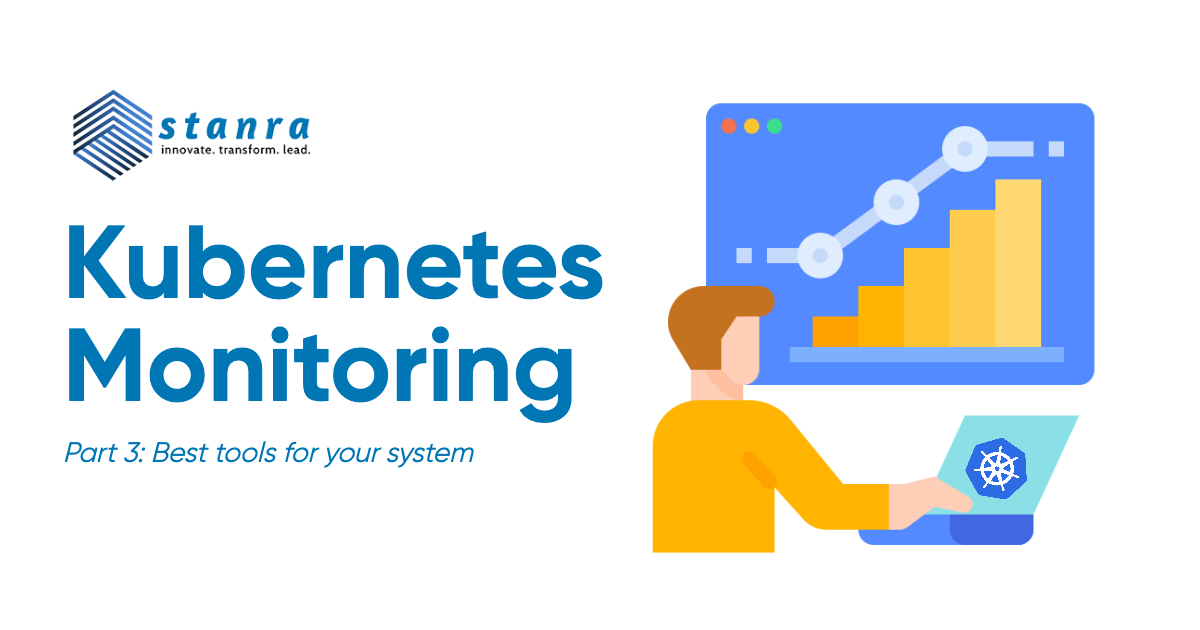
Leave A Comment